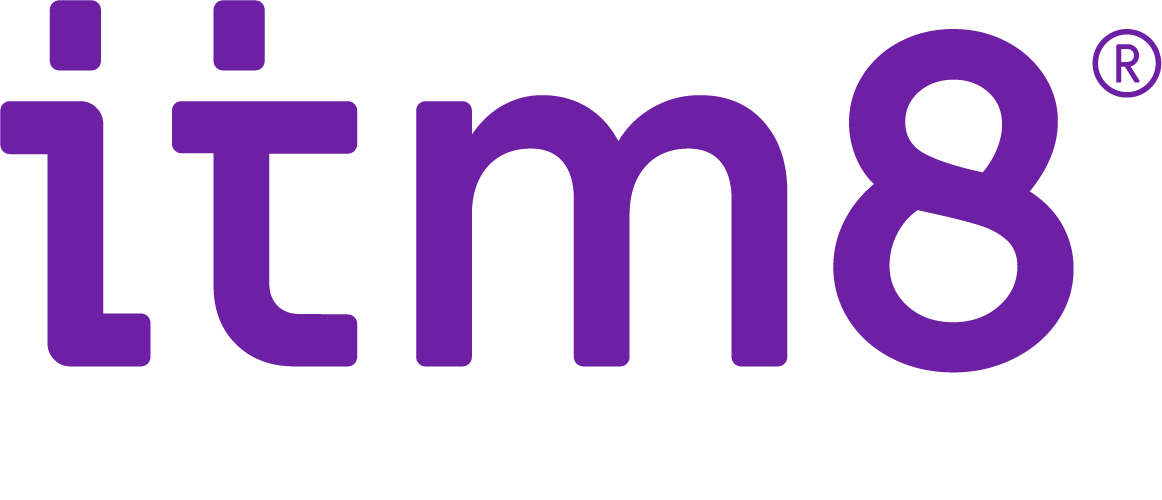Det här är en remfabrik från slutet av 1800-talet eller början av 1900-talet. I källaren på fabriken finns en turbin som drivs av ånga eller vattenkraft och vridmomentet skickas vidare genom fabriken via långa axlar och remmar och driver varje maskin i fabriken. Det väsnades, var farligt och remmarna gick av titt som tätt, vilket stoppade produktionen. Men det gav ändå en helt annan kraft till maskinerna jämfört med handdrivna verktyg. När elektriciteten kom var det många som tvekade inför att byta ut den utrustning de investerat så mycket i. Några modiga som var öppna för att prova det nya ersatte helt enkelt sin ångmaskin med en elmotor och lät systemet med remmarna bli kvar. Och föga överraskande tyckte de inte att det här med elektricitet var så värst märkvärdigt. Det slamrade fortfarande lika mycket, var fortfarande farligt för arbetarna och var fortfarande lika besvärligt när en rem gick av. Vi som lever hundra år senare vet ju att de positiva effekterna med elektriciteten kom fullt ut först när varje maskin i fabriken byggdes om eller byttes ut för att drivas direkt av el och man drog kablar så att elen transporterades direkt till maskinen.
Vad kan vi lära oss av detta?
Hur kan ett dammigt museiexempel vara relevant i vår högteknologiska tidsålder av idag? Jo, det lär oss något viktigt om mänskligt beteende, något som faktiskt inte har förändrats i någon större utsträckning trots att tekniken tagit stora steg framåt.
När vi människor får fatt i en ny teknologi så är det inte alltid vi fattar hela dess potential på en gång. Ofta försöker vi göra samma sak fast med det nya. Varför har till exempel bilar fyra hjul? Sannolikt för att det ger stabilitet, men från början kanske också för att hästvagnar brukade ha det (och varför pratar vi om hästkrafter?! Vilken modern människa som inte är ridsportintresserad kan på allvar relatera till en hästs kraft för att mäta hur kraftfullt något är?). När vi avslutar ett telefonsamtal säger vi att vi lägger på luren och moderna elbilar har ofta ett kylargaller framtill trots att de inte har samma kylbehov som bilar med förbränningsmotorer.
Nya digitala teknologier
På samma sätt är det med nya digitala teknologier som till exempel artificiell intelligens. Att replikera en existerande process, göra exakt likadant, fast att det är en maskin som gör jobbet istället för en människa, kommer ge vissa vinster, men inte något överväldigande. Det betyder dock inte att man bara ska vänta och se och låta någon annan komma på alla smarta grejor, för då riskerar man att missa stora värden. Om man inte testar så lär man sig inget och den stora möjligheten ligger kanske bara ett fåtal misslyckanden bort, så har du verkligen råd att inte ens försöka?
För att få ut mesta möjliga nytta av den nya tekniken kommer vi behöva designa om många processer och aktiviteter. Exempel på sådant som kan behöva designas om är kontrollfunktioner – det är andra saker som ska kontrolleras när det inte är människor som gör jobbet. Kanske kommer loggfiler bli viktigare eller så kommer vi bygga in kontroller i processen på annat sätt, och i vissa fall troligen ta bort kontrollstegen helt. Något annat som kan behöva designas om i en process är ordningen som man tar sig an saker i. Visserligen kan ordningen spela mindre roll när alltfler steg automatiseras, men det kan också finnas vinster i att göra saker i en annan ordning. Om det fortfarande krävs någon mänsklig handpåläggning i processen så kan man ju låta datorn göra alla sina steg först, till exempel tester av om ärendet uppfyller vissa kriterier. Människorna ska bara behövas när det behövs kreativt tänkande eller vid särskilda specialfall.
Vilka ”remmar” har du kvar i din organisation som kommer behöva designas om och bytas ut mot något modernare när ni inför alltmer AI? Itm8 arbetar strategiskt med våra kunder för att identifiera nya möjligheter och nya sätt att använda teknologi. Detta innefattar också att designa om processer som är anpassade efter gammal teknologi. Vill du har hjälp med dina ”remmar” kontakta Itm8, vi hjälper dig!





